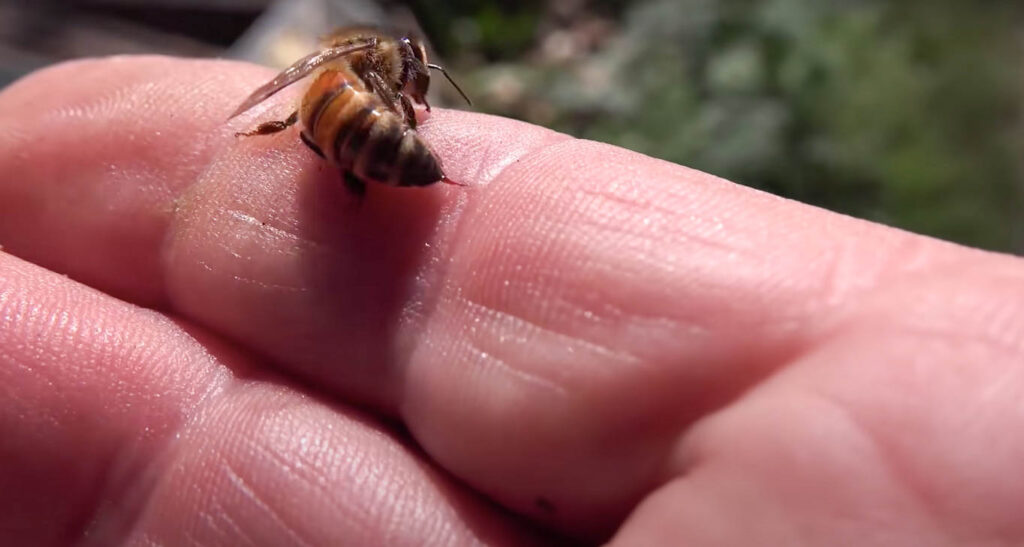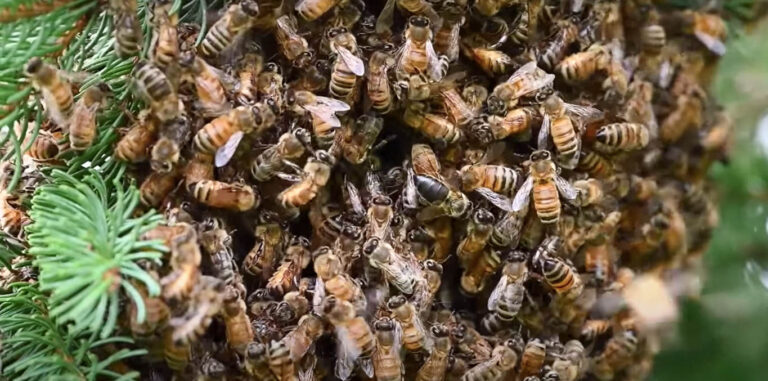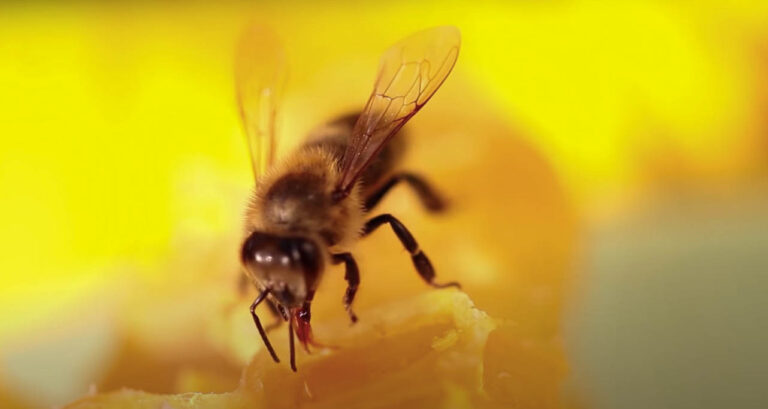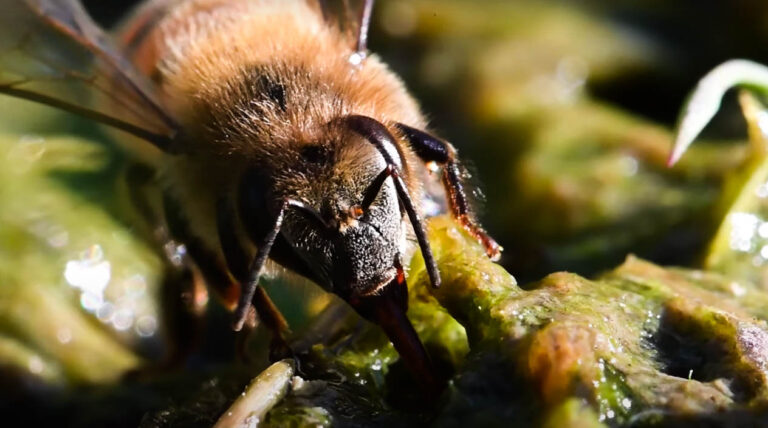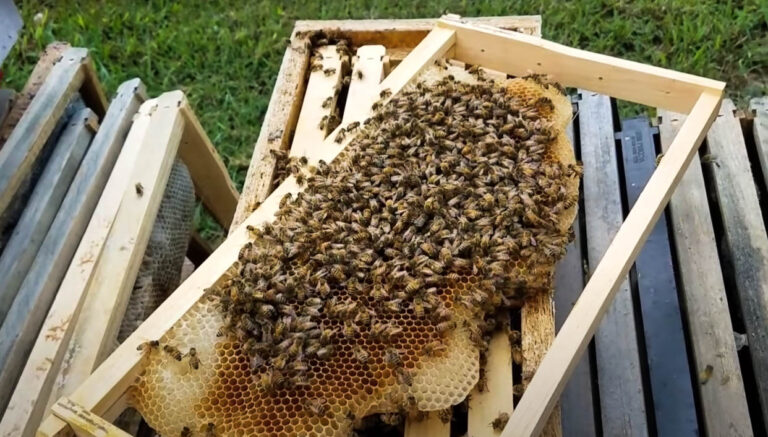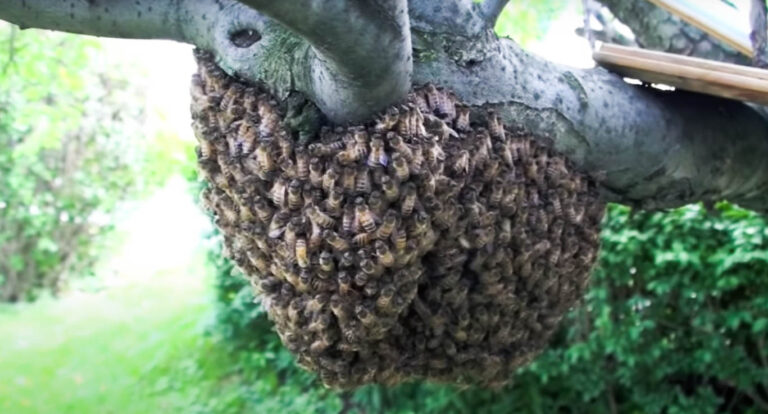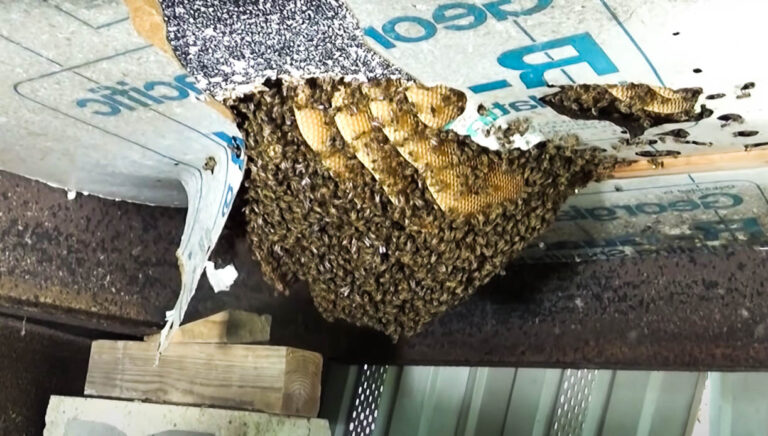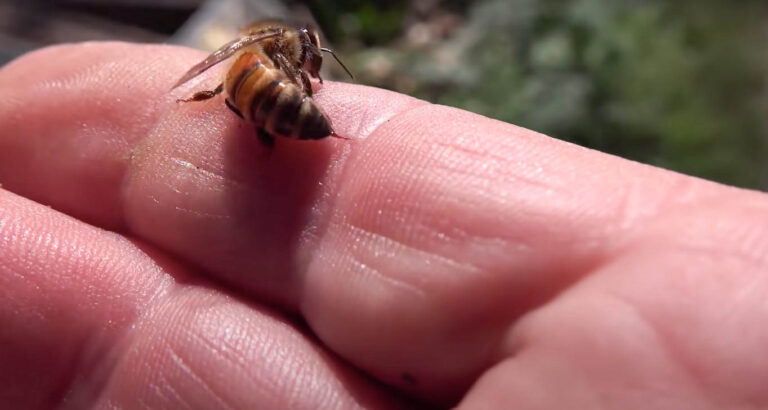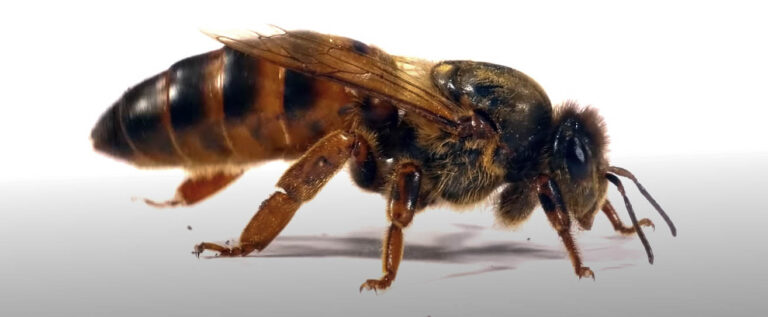Guide on bee stings
Guide on bee stings
Bees apply their stingers as defense tools, to protect themselves and their colonies from the attack of predators, including humans. Predators could attack because of honey or wax. Bees could also be attacked by predators that want to feed on them directly. Stingers play an essential role in keeping the colonies of bees secure.
Even though they have stingers, bees do not randomly sting predators. They only sting when they feel threatened or are under attack. Also, not all bees have stingers. The bees that have stingers differ according to the type of bee. For some species, only the females have stingers and can sting.
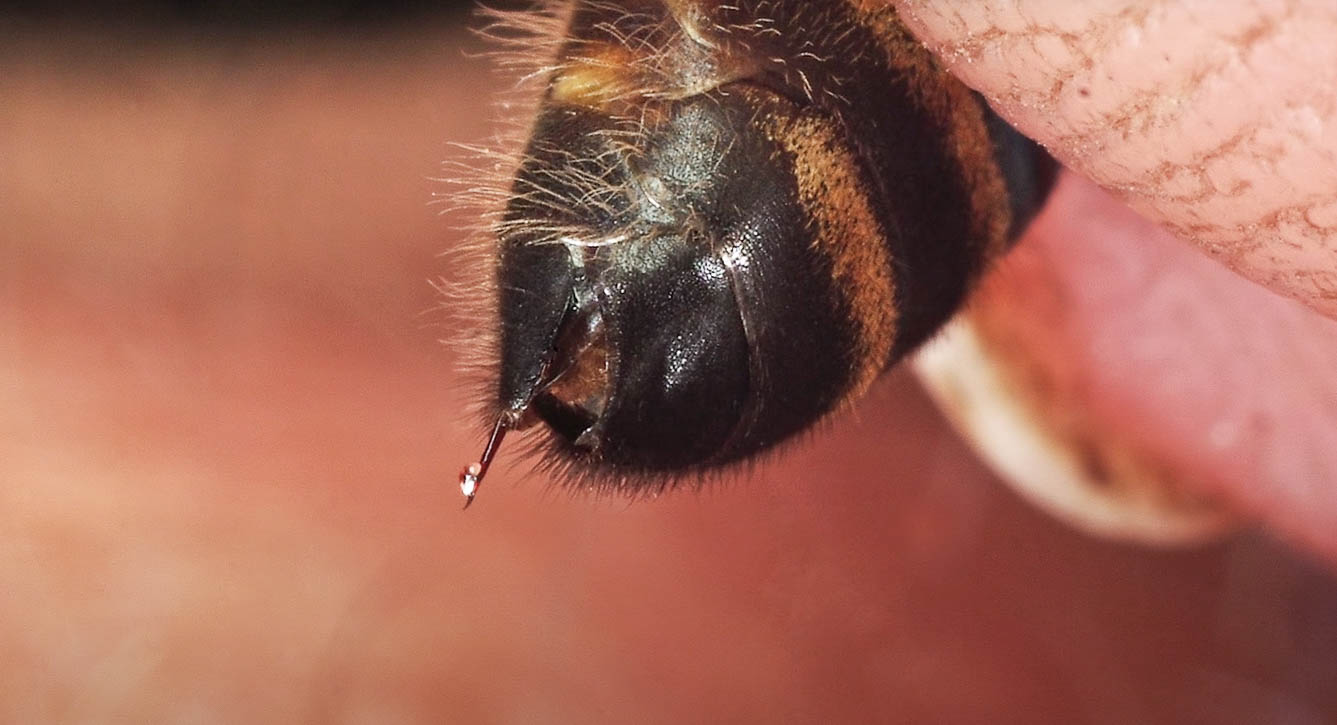
How bee stings occur
Bee stings occur when bees attack and bite their predators and intruders. If one goes close enough to a bee colony to make them feel threatened, they could attack and sting. Bee stings could be harmless. Bee stings could also be dangerous in susceptible persons. People with sensitive skin can have a serious negative reaction to bee stings. When bees sting, they release venoms into the skin of the possible predator or intruder. They do so by leaving a splinter in the skin of the intruder or predator. Persons with allergic reactions to the venoms have the worst reaction to bee stings. The consequences of bee stings in allergic persons could be fatal. Serious consequences are found in about 5% of the population of people allergic to bee venom after they are stung.
What to do about bee stings
Bees will always leave their stingers behind after stinging an intruder or predator. This is so that the venom can continue to enter the skin. The stinger of bees looks like splinters. Removing the stinger is the first necessary step after a bee sting, to break to flow of venom to the skin. If the stingers are not removed as soon as possible, the bees can continue to pump venoms into the blood of the sting victim for as long as 20 minutes.
If there are multiple sting sites, focus on the head, neck, and chest. The splinters can be effectively removed with the thumb and forefinger. In removing the stinger, pick it up from an area nearest to the skin. It is better to remove the stingers with the fingers rather than with tweezers. Removing stingers with tweezers will cause more venom to flow into the skin.
After removing the stinger, wash the site of the sting with soap and water. You could also disinfect the area with alcohol wipes. You also need to place ice on the sting site. This will help to manage inflammation. If you do not have ice, you can place a cloth soaked in cold water on the site. It is important to avoid scratching the site of bee stings. This will help to prevent the infection of the site and ease the symptoms more swiftly.
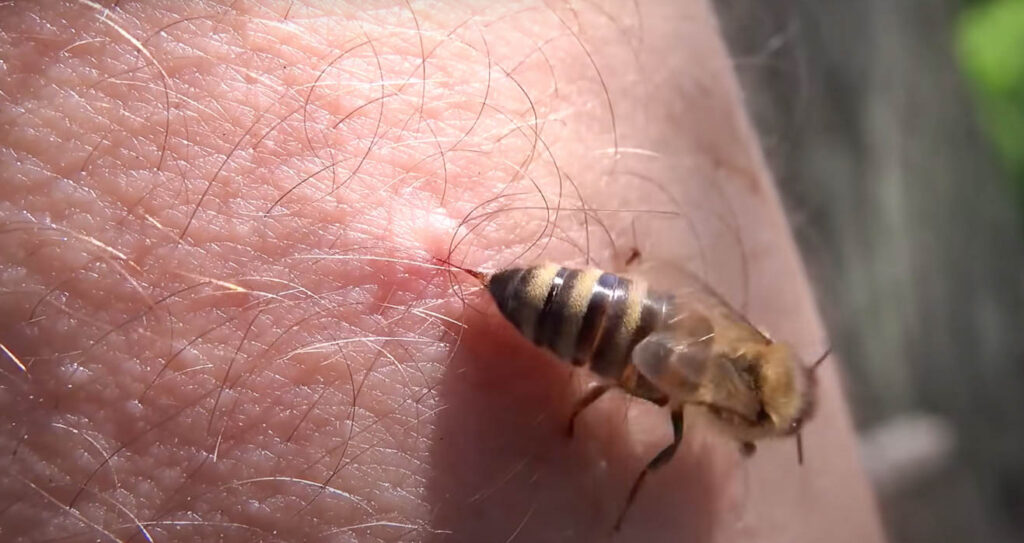
Bee sting allergies
Persons that are allergic to bee venoms can have minimal reactions to the venom. They could also have severe reactions to the venom. If the respiratory structures collapse, bee stings can lead to the death of persons with allergies. Bee stings can cause hives and stomach cramps in persons with allergies. It is important to ask anyone that has been stung by a bee whether they are allergic. Some of the common symptoms of allergies are headaches, muscle cramps, swollen body parts like the tongue, face, and body, and difficulty breathing. If you’re not sure whether a person is allergic to bee stings, watch them for about an hour after the sting. Most allergy symptoms manifest within the hour.
The symptoms of allergies are dependent on the type of allergic reaction. The reactions could be local or systemic. Local reactions are limited to around the site of infection. Systemic allergic reactions affect multiple systems. Systemic allergic reactions require immediate medical attention. Adrenaline and antihistamines should be administered to persons allergic to bee stings as soon as possible.
Preventing bee stings
The consequences of bee stings range from a minimal inconvenience to death. Avoiding the consequences generally can be achieved by preventing bee stings.
You can prevent bee stings by:
- Covering sweet drinks and foods
- Wearing dark-colored clothes that do not attract them
- Wearing protective clothing and footwear, especially when outdoors
Bee stings are the commonest defensive tools of bees. Bees are commonly found around human environments, and bee stings are quite common experiences.
